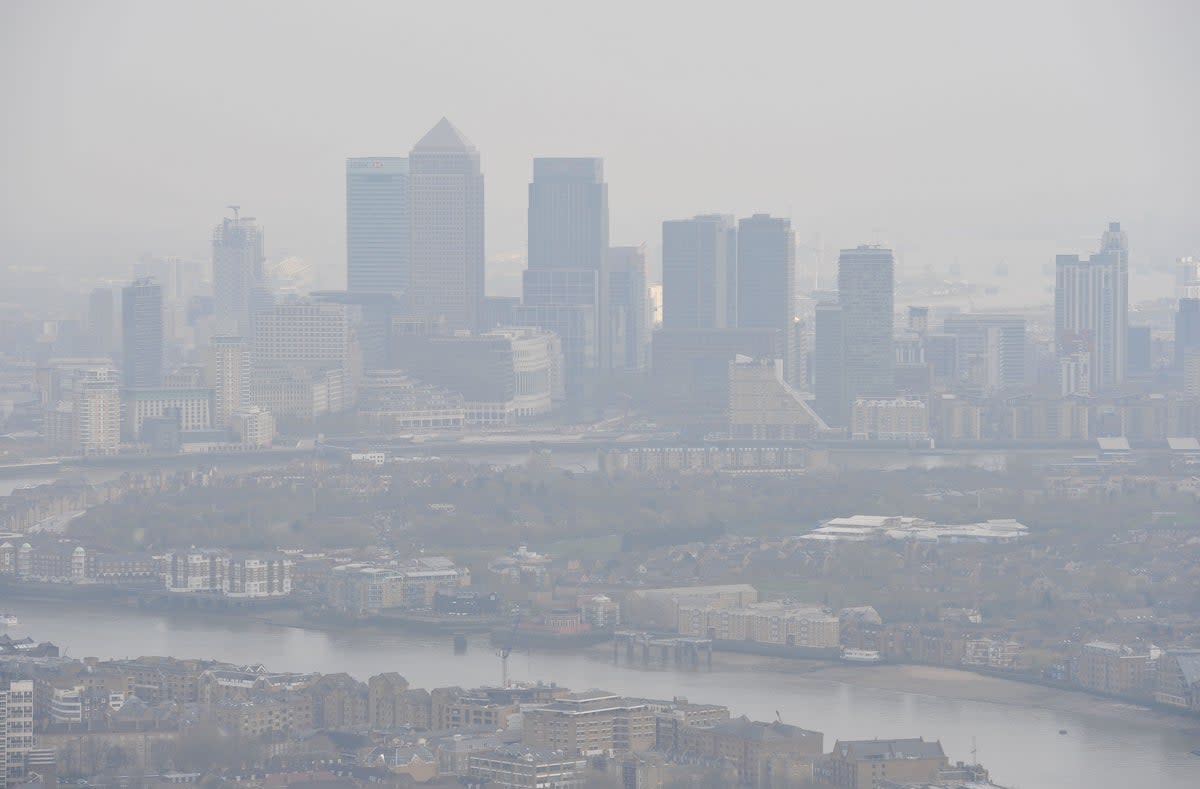London teens may be experiencing high blood pressure due to air pollution, study says

A higher level of particulate pollution is linked to elevated blood pressure among teens living in London, according to a new study.
The research, published on Wednesday in the journal PLOS One, also found this association to be stronger for girls than boys.
While studies have shown that air pollution exposure is linked to a greater risk of heart and lung disease, hospital visits and death, most research assessing particulate matter’s impact on blood pressure has focused on adults, explained scientists from King’s College.
In the new research, they analysed data collected as part of the Determinants of Adolescent Social Well-Being and Health (Dash) study which tracks the well being of thousands of ethnically diverse London school children over time.
Researchers assessed data on 3,284 adolescents in Dash to examine associations between blood pressure and exposure to pollution in the form of nitrogen dioxide and PM2.5 – particulate matter smaller than 2.5 micrometres in size.
They estimated exposures based on annual mean levels of pollutants where each participant lived.
The study found that greater estimated exposure to nitrogen dioxide was associated with lower systolic blood pressure and greater estimated exposure to PM2.5 was associated with higher systolic blood pressure.
Systolic blood pressure is a measure of pressure in the arteries when the heart beats.
For example, a 1 microgram per cubic metre (μg/m3) increase in nitrogen dioxide is linked to a 0.30 mmHg (millimetres of mercury) decrease in systolic blood pressure for girls and 0.19 mmHg decrease in systolic blood pressure for boys, scientists pointed out.
A similar increase in the level of PM2.5 was linked to a 1.34 mmHg increase in systolic blood pressure for girls and 0.57 mmHg increase in systolic blood pressure for boys.
These associations, the scientists said, were consistent “regardless of ethnicity, body size, or socioeconomic status”.
Individuals from ethnic minority groups were exposed to higher levels of the pollutants than their white peers, the study noted.
The scientists called for further studies to confirm the new findings, particularly among young people from different socioeconomic backgrounds.
“Given that more than 1 million under 18s live in neighborhoods where air pollution is higher than the recommended health standards, there is an urgent need for more of these studies to gain an in-depth understanding of the threats and opportunities to young people’s development,” said Seeromanie Harding, another author of the study.

 Yahoo News
Yahoo News 
